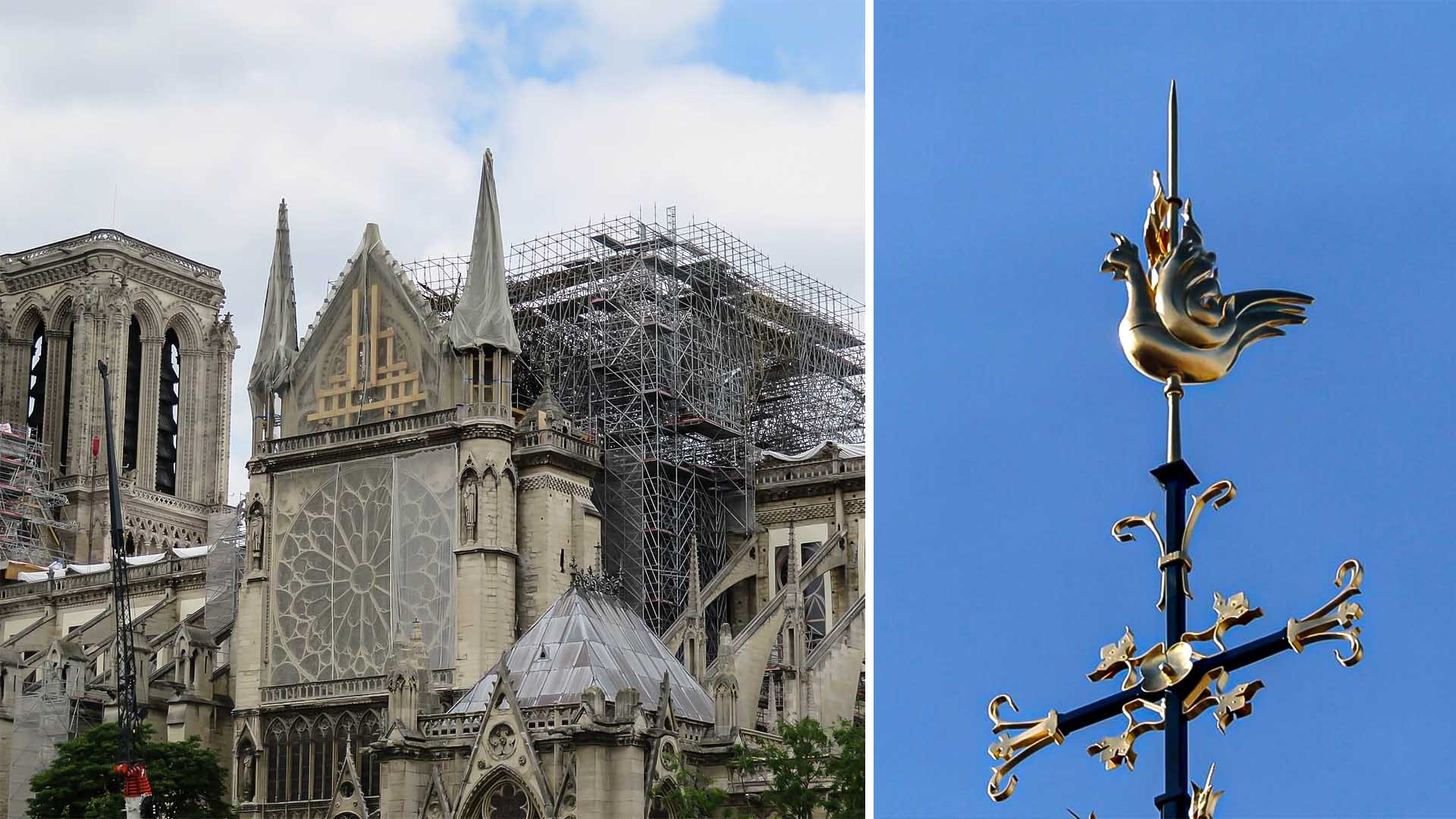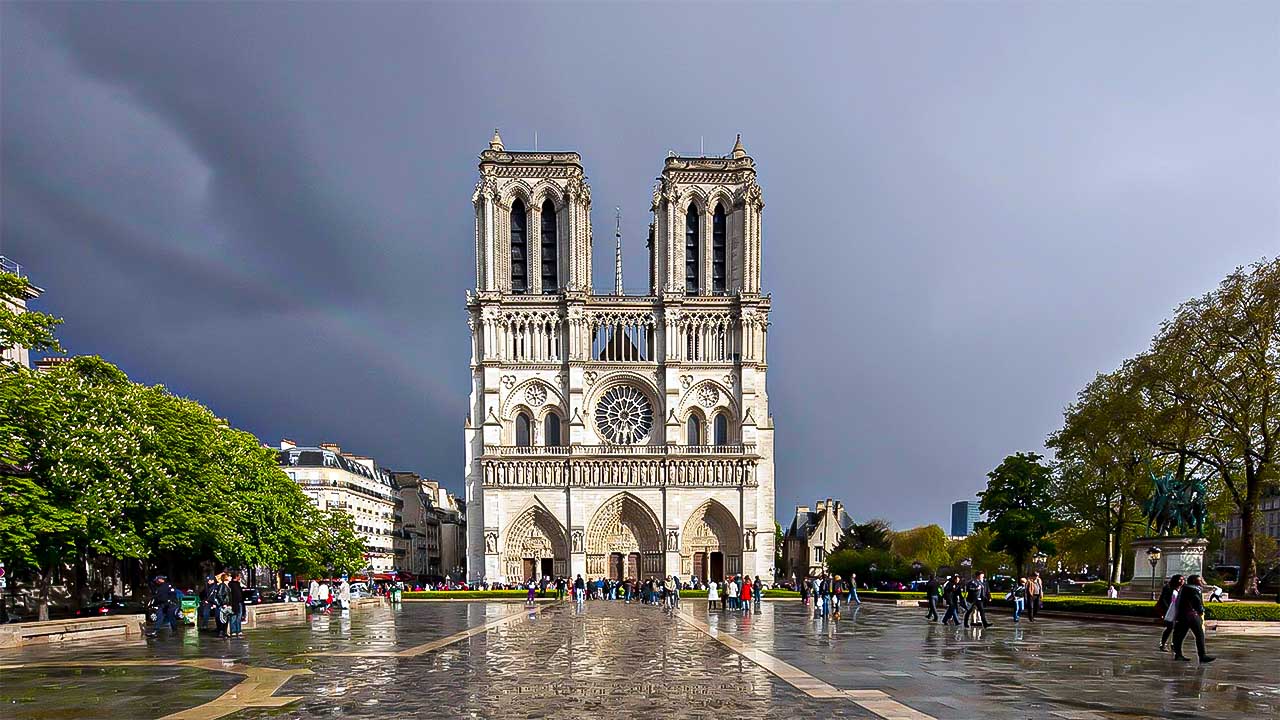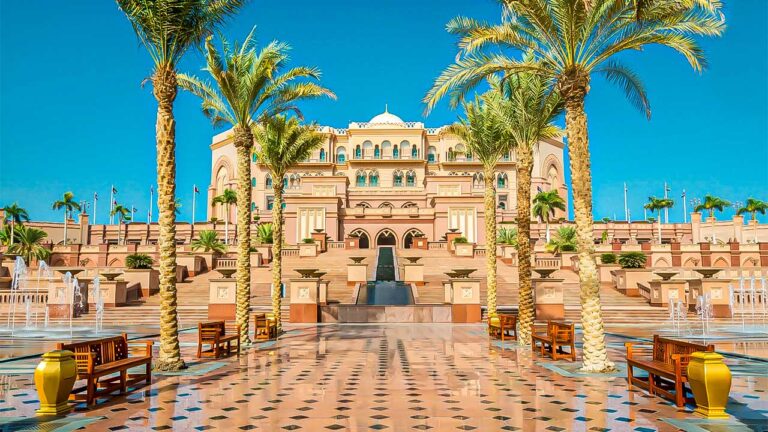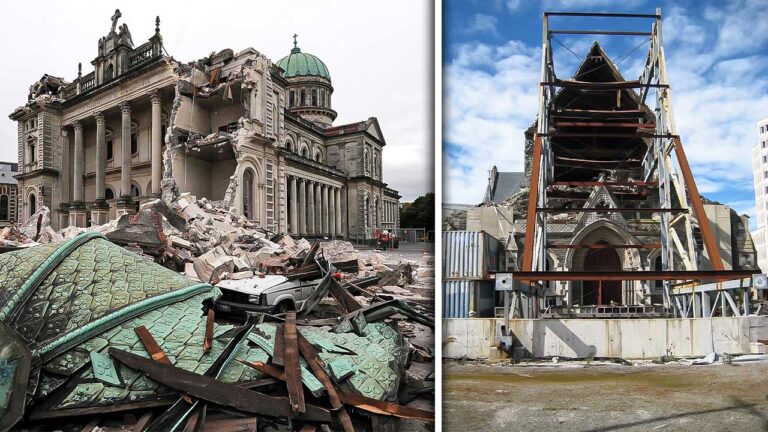Restoration Update of Notre Dame Cathedral
The Notre Dame Cathedral, a symbol of French Gothic architecture, made its debut on April 25, 1163, during the reign of King Louis VII, following the blessing of Pope Alexander III. Its cornerstone, sanctified by divine approval, stood as a testament to both celestial grace and human craftsmanship.
Situated on an island nestled within the Seine River, this grand edifice took shape under the supervision of Maurice de Sully, the Bishop of Paris. Its towering spires soared upwards, reflecting the dedication and expertise of its builders.
However, tragedy struck on April 15, 2019, amidst ongoing renovation efforts. A catastrophic fire consumed its roof, transforming the night into a relentless inferno that blazed for fifteen hours, leaving an enduring impact on the records of history. The blaze inflicted significant harm to the cathedral’s roof and spire, prompting a unified global response and an extensive restoration initiative.
In a matter of hours, French President Emmanuel Macron established an ambitious goal of completing the restoration within five years. A multinational team comprising engineers, architects, archaeologists, and artisans joined forces in an unparalleled endeavor to revive Notre Dame and uncover its engineering mysteries. They combined traditional methods with state-of-the-art technology, at a staggering expense exceeding $700 million.
For over five years, diligent efforts have been underway to painstakingly restore the revered landmark, with the aim of finishing the project by the conclusion of 2024. Now, let’s turn to today’s video to assess the progress of this monumental undertaking.
Also Read: China Surpasses Europe in Bridge Technology by Building the Padma Bridge
Before Christianity in France, the site of Notre-Dame may have held a Gallo-Roman temple to Jupiter, hinted by the Pillar of the Boatmen discovery. By the 4th or 5th century, the smaller Cathedral of Saint Étienne stood, featuring marble columns and mosaics. In 1160, Bishop Maurice de Sully demolished it to make way for Notre-Dame’s Gothic construction, influenced by the Saint Denis abbey’s style. This marked a departure from Romanesque architecture. Notre-Dame’s grandeur, with its pointed arches and flying buttresses, symbolized Parisian magnificence and spiritual reverence, embodying Bishop Sully’s vision of architectural splendor.
Notre-Dame de Paris, a quintessential masterpiece of Gothic architecture, boasts several distinguishing features. Its Gothic design, characterized by pointed arches, ribbed vaults, and flying buttresses, enables towering heights and ample natural light within.
The cathedral’s exterior is adorned with three magnificent rose windows, the largest being the south rose window, renowned for its intricate stained glass depicting biblical narratives. Sculpted gargoyles and chimeras adorn the façade, offering both aesthetic allure and functional water drainage. Twin towers grace the western front, accompanied by a central spire until the tragic fire of 2019.
Elaborate statuary embellishes both the interior and exterior, depicting biblical scenes and saints. Beneath lies a crypt housing archaeological remnants and relics, preserving the cathedral’s rich history. Within, a renowned organ resonates with majestic melodies, while the choir and altar areas are adorned with exquisite carvings, serving as focal points of reverence and worship.
Collectively, these features epitomize the grandeur and historical significance of Notre-Dame de Paris, captivating millions of visitors with its timeless beauty and spiritual resonance.
In the 1790s, amidst the upheaval of the French Revolution, Notre-Dame endured significant desecration, resulting in the damage or destruction of much of its religious imagery. Throughout the 19th century, the cathedral played host to significant events such as Napoleon’s coronation and the funerals of several French Republic presidents.
On 26 August 1944, the Liberation of Paris was celebrated within Notre-Dame, marked by the singing of the Magnificat. Initiating in 1963, efforts to clean the cathedral’s façade of soot and grime commenced, followed by another extensive cleaning and restoration project conducted between 1991 and 2000.
In April 2019, a devastating fire engulfed Notre Dame, collapsing its roof and spire and wreaking havoc on its interior, prompting a global outpouring of solidarity. In response, a monumental endeavor to restore the cathedral’s former glory was initiated, with French President Emmanuel Macron committing to completing the project within five years.
Despite pandemic-related delays in 2020, efforts to remove the charred scaffolding encasing the spire from previous restoration works progressed. Concurrently, restoration work commenced on the cathedral’s organ, France’s largest musical instrument, which had survived the fire but required meticulous cleaning due to toxic lead dust contamination. The painstaking process of dismantling, cleaning, and reassembling the 8,000-pipe organ is expected to conclude this year.
Also Read: 10 Future Tallest Skyscrapers Taking Shape in 2024
In 2021, the structure was secured in preparation for reconstruction, with skilled artisans and professionals erecting temporary structures and a vast “umbrella” to shield the roofless building’s towers, vaults, and walls.
The building of the historic Notre Dame Cathedral is mostly based on stone, while its roof was made of wood. In February 2021, 1,000 oak trees with a diameter of 50 to 90 cm were selected from the hundreds of years old forest of Sarthe, France for the preparation of the roof and Spire of Cathedral destroyed by fire.
During spring 2022, skilled craftsmen from various regions of France commenced the meticulous task of cleaning and refurbishing the renowned stained glass windows of Notre Dame. International aid also played a role in the restoration, with Germany’s Cologne Cathedral lending support for four windows.
The cathedral faced another challenge as the fire and ash residue caused salt to accumulate on the surface of its stones, posing a risk of deterioration. A team comprising six men and twelve women was assembled for the intricate desalination process. Working meticulously, they treated every inch of the cathedral. A specialized desalination solution, consisting of salt-free water, was meticulously prepared.
This solution effectively absorbed excess salt from the stones, which were then treated across the entire Notre Dame Cathedral. After hardening for several months, the solution was removed, allowing for thorough cleaning of the stones.
A significant milestone was reached in July 2023, as massive oak trusses were carefully installed onto Notre Dame, coinciding with preparations for the 2024 Paris Olympics.
Encapsulating this momentous occasion, religious relics including fragments believed to be from Jesus Christ’s Crown of Thorns, were placed within a time capsule nestled inside the golden bird.

February 2024 marked another milestone with the unveiling of the cathedral’s new spire, adorned with the golden rooster and a cross, offering a glimpse into Notre Dame’s future as it approached its eagerly awaited grand reopening. Numerous designers presented proposals for a new spire replacement, yet speculation surrounding its design was put to rest when Macron confirmed that it would be reconstructed exactly as it was before.
As an integral aspect of the restoration initiative, the forecourt and environs surrounding Notre-Dame Cathedral are also undergoing revitalization. Restorers remain hopeful that the cathedral will welcome visitors once more by the year’s end, marking the culmination of years of painstaking restoration endeavors.
Nevertheless, plans are underway for a more visitor-oriented transformation of its interiors, envisaging the replacement of traditional elements such as confessional boxes, altars, and classical sculptures with contemporary art installations and immersive light and sound effects.
In addition to interior renovations, the restoration project encompasses the revitalization of the forecourt and the surrounding areas of Notre-Dame Cathedral.
Expected to be finalized by 2027, Belgian architect Bas Smets is tasked with rejuvenating the square adjoining the cathedral and repurposing a disused underground car park beneath it into a modern visitor center.
The scale of the project’s budget, exceeding $767 million, is remarkable, yet even more astounding is the global generosity that has seen donations surpassing $900 million.
While many accidents yield severe consequences and extensive damage, the 2019 disaster inflicted significant harm upon numerous facets of Notre Dame. However, amidst the destruction, the cathedral’s indomitable spirit remained unscathed. Its reconstruction serves as a testament to the power of unity in overcoming formidable challenges. Upon its complete restoration in 2024, Notre Dame Cathedral will stand as a poignant reminder that collective effort and unwavering devotion can turn the seemingly impossible into reality. It will continue to symbolize the resilience of a nation united by its reverence for history and faith.







